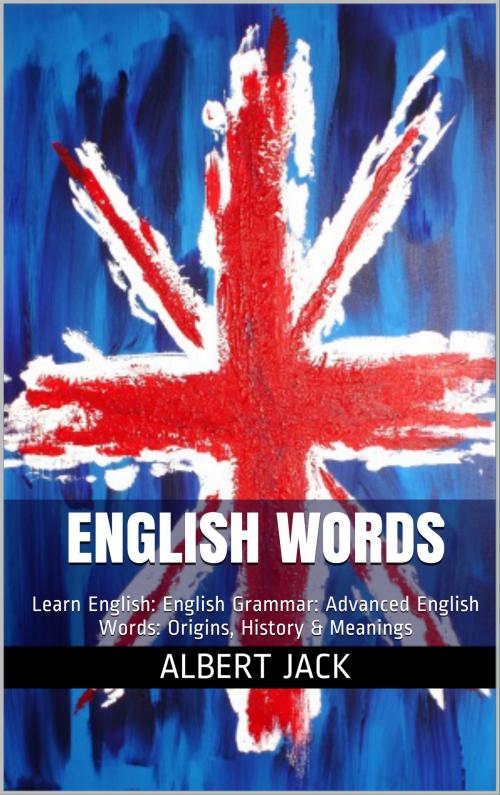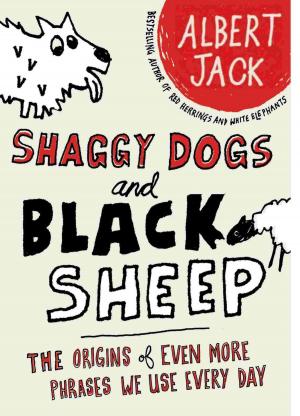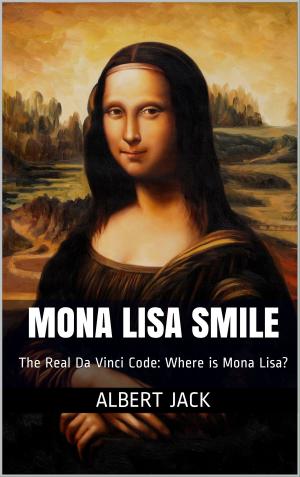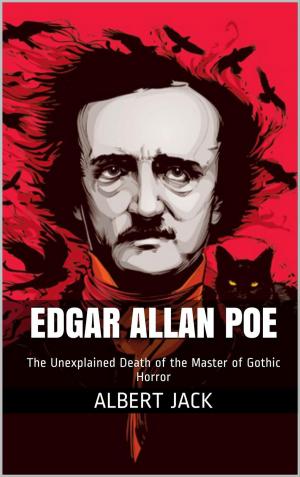English Words: Learn English: English Grammar: Advanced English Words: Origins, History & Meanings
Nonfiction, Reference & Language, Study Aids, ESL, Language Arts, Linguistics, Foreign Languages| Author: | Albert Jack | ISBN: | 9781310890468 |
| Publisher: | Albert Jack | Publication: | November 19, 2015 |
| Imprint: | Smashwords Edition | Language: | English |
| Author: | Albert Jack |
| ISBN: | 9781310890468 |
| Publisher: | Albert Jack |
| Publication: | November 19, 2015 |
| Imprint: | Smashwords Edition |
| Language: | English |
The English language is perhaps the richest and most expressive in the world. One of the reasons for this is that we have so many weird and wonderful ways of describing exactly the same thing: we can be as colourful or as plain with our language as we choose. That is why it is so difficult to learn and how this book will help you so much.
Living in a foreign country, as I do, it is obvious to me that even the most fluent of English speakers still have a lot to learn. As have the native English speakers. You try explaining to an educated Vietnamese or Thai how your friend became ADDLED and SOZZLED or BLOTTO and BEFUDDLED, and maybe MULLERED, PIE-EYED or BINGEING. What you say? What you mean? Why you say? All good questions. And all answered here.
On the face of it the history of the English language is, at best, rather dull. It is certainly not easy to write an entertaining book on the subject and not make it read like a text book. Or so I thought. When I looked a little closer – and in a slightly different way from that of etymologists and scholars with minds far greater than mine – I discovered all sorts of fascinating tales that will help to explain why we use the words and phrases we do.
Because, alongside the usual Latin-based words we picked up from the Romans and the words nicked from the Celts and Picts and other ancient Europeans, the English language has drawn its inspiration from some exceedingly odd places: clowns, facial hair, items of furniture, famous elephants . . .you name it. So in these pages I hope to PANDER to your curiosity thanks to a historical pimp, MESMERISE you thanks to hypnotist Dr Franz Mesmer, and leave you GOOGLY-EYED with amazement thanks to an American cartoon strip.
And then there are the words that look and sound as if someone just plucked them out of thin air: SKULDUGGERY, CODDSWALLOP, JIGGERY-POKERY, CLAPTRAP. But rest assured these words are not mere GOBBLEDYGOOK: there’s a cracking story behind each one.
As my research progressed I found myself ever more fascinated by English-speaking people and our shared English-speaking history. There is so much about our cultures that can be learned through the strange journeys our words have made: how the medieval SHERIFF ended up in the Wild West; how an African snake-god inspired Hollywood’s ZOMBIES; how an English queen was defeated by Irish BLARNEY and a Scottish queen by Portuguese MARMALADE; and how words from POMMY to BARRACKING have got lost in translation en route to Australia.
Some distinct themes emerged as I delved into the backgrounds of our favourite words. Amid the genteel romance of the eighteenth and nineteenth centuries I found out what playing GOOSEBERRY has to do with gooseberries and what CANOODLING has to do with canoes.
But by far the most popular and most wonderful of English words come from the noble art of insulting people. Whether you call someone an IGNORAMUS, a NINCOMPOOP, a PIPSQUEAK, a BUMPKIN, a JACKANAPES, a SCALLYWAG or a PIKEY, you are keeping alive a word that has travelled across borders and through centuries to get here, and surely nobody could take offence at that.
I hope you enjoy exploring this ode to the English language as much as I have enjoyed writing it. It turns out etymology is one of the most exciting –ologies out there. And if you want to learn more about it well then now is your chance.
The English language is perhaps the richest and most expressive in the world. One of the reasons for this is that we have so many weird and wonderful ways of describing exactly the same thing: we can be as colourful or as plain with our language as we choose. That is why it is so difficult to learn and how this book will help you so much.
Living in a foreign country, as I do, it is obvious to me that even the most fluent of English speakers still have a lot to learn. As have the native English speakers. You try explaining to an educated Vietnamese or Thai how your friend became ADDLED and SOZZLED or BLOTTO and BEFUDDLED, and maybe MULLERED, PIE-EYED or BINGEING. What you say? What you mean? Why you say? All good questions. And all answered here.
On the face of it the history of the English language is, at best, rather dull. It is certainly not easy to write an entertaining book on the subject and not make it read like a text book. Or so I thought. When I looked a little closer – and in a slightly different way from that of etymologists and scholars with minds far greater than mine – I discovered all sorts of fascinating tales that will help to explain why we use the words and phrases we do.
Because, alongside the usual Latin-based words we picked up from the Romans and the words nicked from the Celts and Picts and other ancient Europeans, the English language has drawn its inspiration from some exceedingly odd places: clowns, facial hair, items of furniture, famous elephants . . .you name it. So in these pages I hope to PANDER to your curiosity thanks to a historical pimp, MESMERISE you thanks to hypnotist Dr Franz Mesmer, and leave you GOOGLY-EYED with amazement thanks to an American cartoon strip.
And then there are the words that look and sound as if someone just plucked them out of thin air: SKULDUGGERY, CODDSWALLOP, JIGGERY-POKERY, CLAPTRAP. But rest assured these words are not mere GOBBLEDYGOOK: there’s a cracking story behind each one.
As my research progressed I found myself ever more fascinated by English-speaking people and our shared English-speaking history. There is so much about our cultures that can be learned through the strange journeys our words have made: how the medieval SHERIFF ended up in the Wild West; how an African snake-god inspired Hollywood’s ZOMBIES; how an English queen was defeated by Irish BLARNEY and a Scottish queen by Portuguese MARMALADE; and how words from POMMY to BARRACKING have got lost in translation en route to Australia.
Some distinct themes emerged as I delved into the backgrounds of our favourite words. Amid the genteel romance of the eighteenth and nineteenth centuries I found out what playing GOOSEBERRY has to do with gooseberries and what CANOODLING has to do with canoes.
But by far the most popular and most wonderful of English words come from the noble art of insulting people. Whether you call someone an IGNORAMUS, a NINCOMPOOP, a PIPSQUEAK, a BUMPKIN, a JACKANAPES, a SCALLYWAG or a PIKEY, you are keeping alive a word that has travelled across borders and through centuries to get here, and surely nobody could take offence at that.
I hope you enjoy exploring this ode to the English language as much as I have enjoyed writing it. It turns out etymology is one of the most exciting –ologies out there. And if you want to learn more about it well then now is your chance.















